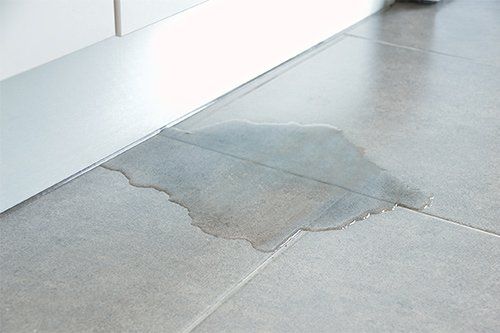What're your beliefs about How to Find Water Leaks?

Leaks not only trigger waste of water but can also trigger unneeded damage to your home as well as advertise undesirable natural growth. Water leaks might go unnoticed since most of the pipework in our home is concealed. By understanding and also looking for daily circumstances that create leakages, you can shield your house from future leaks and unneeded damage. Today, we will check out 6 leak creates that may be causing your pipes to drip.
Instantaneous temperature level modifications.
Severe temperature level adjustments in our pipes can cause them to broaden and get unexpectedly. This expansion and also contraction might create cracks in the pipelines, particularly if the temperature are below freezing. It would be best if you kept an eye on exactly how your plumbing works. The existence of the formerly discussed situations often shows a high threat.
Rusty water systems
As time goes by, your plumbing system ages and rust such as corrosion may start gnawing the pipes. This might be the cause of discoloration or warping on your pipes. This asks for an assessment with your plumber instantly. Take into consideration changing the pipelines considering that they are at a greater danger of rust than the newer models if our plumbing system is old.
Faulty Pipe Joints
Pipe joints can degrade over time, resulting in water leakages. If you have loud pipelines that make ticking or banging sounds, especially when the hot water is turned on, your pipe joints are probably under a great deal of pressure.
Elbowing in origins
Most water leakages start outside your home rather than inside it. If you discover a sudden reduction in water stress, claim in your tap, require time to head out as well as analyze your backyard. You could notice damp patches or sinkholes in your backyard, and that might mean that tree origins are getting into water lines creating water to leak out. You can have your plumber check for breach, particularly if you have trees or shrubs near your residential or commercial property.
Poor Water Connectors
At times, a leakage can be caused by loosened hose pipes and also pipes that supply your home appliances. In situation of a water connections leakage, you might see water running straight from the supply line or pools around your devices.
Blocked Drains
Obstructed drains may be irritating and inconveniencing, but they can often end up creating an overflow bring about break pipelines. Maintain getting rid of any type of materials that may decrease your drains pipes that can obstruct them to avoid such hassles.
All the above are root causes of leaks yet not all water leakages arise from plumbing leaks; some leaks might come from roofing system leaks. All leaks need to be fixed quickly to stay clear of water damages.
Leaks not only create waste of water yet can additionally trigger unnecessary damage to your home and also promote undesirable organic development. By looking and understanding for day-to-day situations that trigger leaks, you can protect your home from future leaks and also unnecessary damages. Today, we will look at six leak creates that might be creating your pipelines to leak.
At times, a leakage can be caused by loose hoses as well as pipelines that supply your home appliances. In instance of a water links leak, you may observe water running straight from the supply line or pools around your appliances.
How To Check For Water Leak In Your Home
How To Check for Leaks
The average household's leaks can account for nearly 10,000 gallons of water wasted every year and ten percent of homes have leaks that waste 90 gallons or more per day. Common types of leaks found in the home are worn toilet flappers, dripping faucets, and other leaking valves. These types of leaks are often easy to fix, requiring only a few tools and hardware that can pay for themselves in water savings. Fixing easily corrected household water leaks can save homeowners about 10 percent on their water bills.
To check for leaks in your home, you first need to determine whether you're wasting water and then identify the source of the leak. Here are some tips for finding leaks:
Take a look at your water usage during a colder month, such as January or February. If a family of four exceeds 12,000 gallons per month, there are serious leaks.
Check your water meter before and after a two-hour period when no water is being used. If the meter changes at all, you probably have a leak.
Identify toilet leaks by placing a drop of food coloring in the toilet tank. If any color shows up in the bowl after 10 minutes, you have a leak. (Be sure to flush immediately after the experiment to avoid staining the tank.)
Examine faucet gaskets and pipe fittings for any water on the outside of the pipe to check for surface leaks.
Undetected water leaks can happen without the home or business owner even realizing. If you suspect a water leak, but not able to find the source. It is time to contact a professional water leak detection service, The Leak Doctor.
How To Find a Water Leak In Your Home
https://www.leakdoctor.com/blog/How-To-Check-For-Water-Leak-In-Your-Home_AE197.html

I was guided to that write-up about How Fast Water Damage Can Ruin Your Home through an associate on another web page. So long as you enjoyed reading our page if you please be sure to share it. Thanks so much for going through it.
24/7 support? Call.